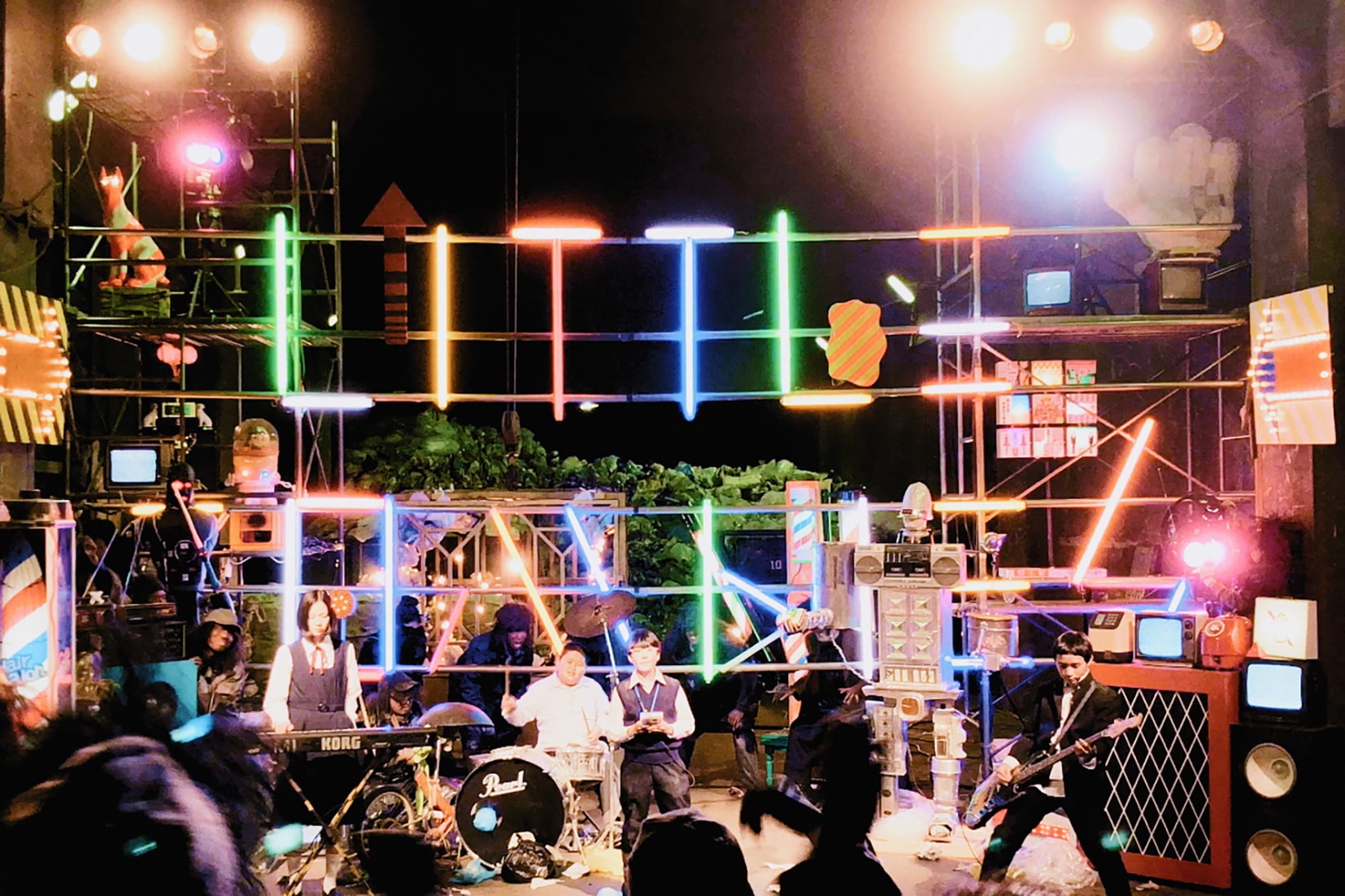![I've seen a lot of movies, but this one is my favorite (lol) "We're Little Zombies" Director Nagahisa [Director's Interview Vol.31]](https://cinemore.jp/images/8ec18f47d0ebf4953d66dfcacb87340fc5a12f5607b04d8217e65019610d34a5.png)
I've seen a lot of movies, but this one is my favorite (lol) "We're Little Zombies" Director Nagahisa [Director's Interview Vol.31]
1,800 thoroughly pursued cuts
Q: After creating the script, we shot it to turn it into a picture, but there were a huge number of cuts that changed rapidly. I heard that you made a video storyboard before filming, but how many cuts are there in the whole movie? Also, did the director think about everything from the beginning, including cuts (angles) and composition?
Nagahisa: The number of cuts is about 1,800. This movie is 120 minutes long and has about 180 scenes. So there are one or two scenes per minute.
Q: That's a huge amount. Did the director think of all of that?
Nagahisa: Well, I drew all the storyboards. I also wrote the intention of each cut in the storyboard. I wrote explanations along with the pictures, such as what this point of view means, or what this zoom has a meaning.
Q: That alone must be a considerable amount of work, but how much time did it take to write the script and storyboards?
Nagahisa: The script was written in one to two months, and it took about three months to create the storyboards. Actually, during that time, I recorded all the lines and created something like a soundboard for two hours. I attached pictures to it and turned it into a video storyboard.

Q: Did you shoot according to the videoboard on set and then overwrite it in editing?
Nagahisa: The cameraman, Hiroaki Takeda, is very talented, so there were some parts where he made arrangements based on the storyboards and arranged them on set, but we shot mostly according to the storyboards. Then, it's the process of shooting the material and filling in the video storyboard. In that sense, the work may have been similar to making a commercial.
Q: Did you have to worry about overwriting that much during the editing stage?
Nagaku: No, on the contrary, it took a long time. The basic things were done at the video storyboard stage, so we spent three to four months endlessly testing each frame, such as what would happen if we swapped cuts here and there. (One frame is a unit of still image that makes up a video. Movies generally consist of 24 frames per second.)
Q: When editing a 2-hour movie, do you adjust it in units of one frame? . It's a daunting task.
Nagahisa: Yes, I had been experimenting with removing one frame for a long time, and I almost went crazy at the end (lol). After that, I spent about two months finalizing the sound. Please raise this sound range by 1 decibel at this speaker position. I did this endlessly (lol). The MA staff at Nikkatsu Studio told me, ``We don't have a director this detailed. Please give us a break!'' but I begged him, ``Please let me do it!''

Q: That's amazing. . The overall visual tone is also quite unique, but I wonder if the director was given all the instructions in that regard.
Nagahisa: I just told the staff about my purpose and intentions, but the cameraman Takeda-kun, the light man Yuki Maejima, and the colorist Tsune Nemoto were all very talented, and they also gave me answers to my goals. It was perfect. It feels like we were all able to create it together. Anyway, all the staff members are very nice.

